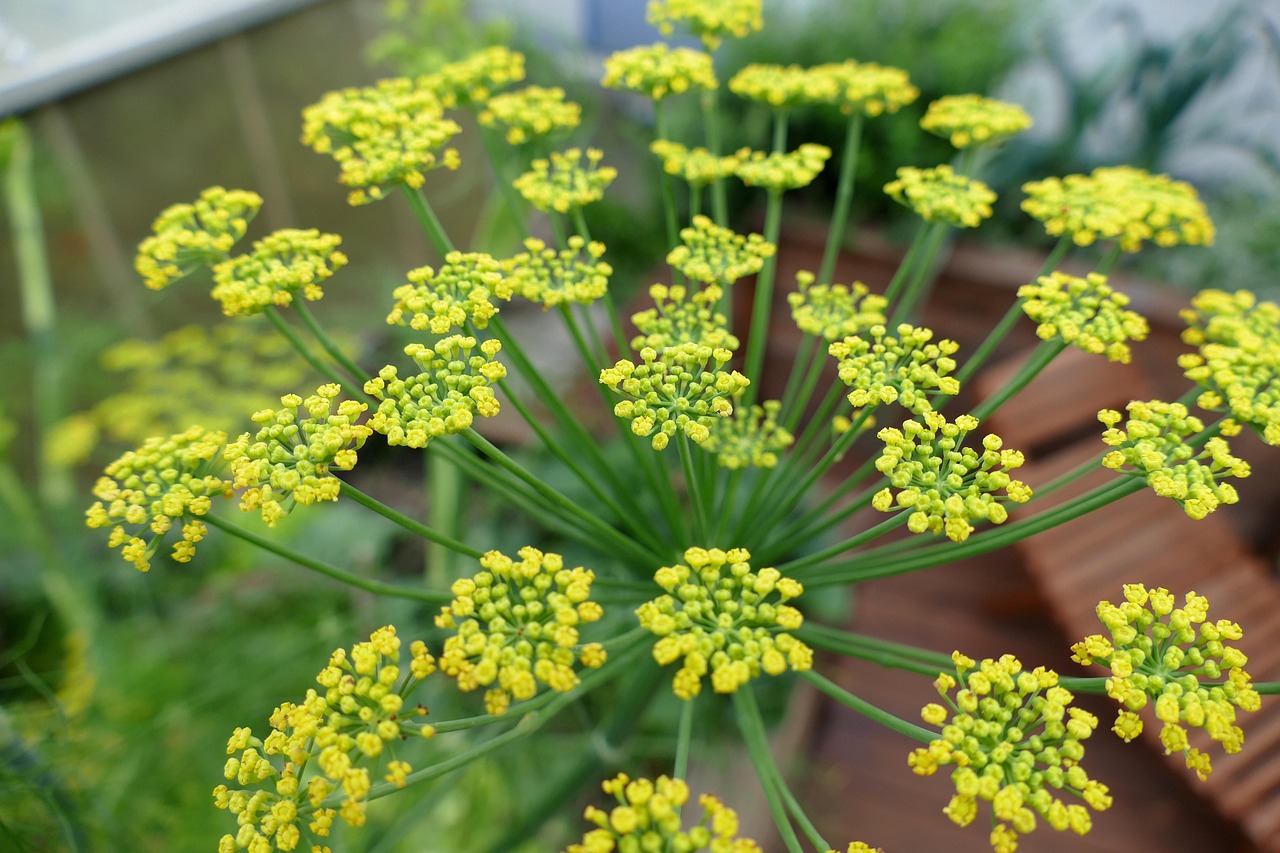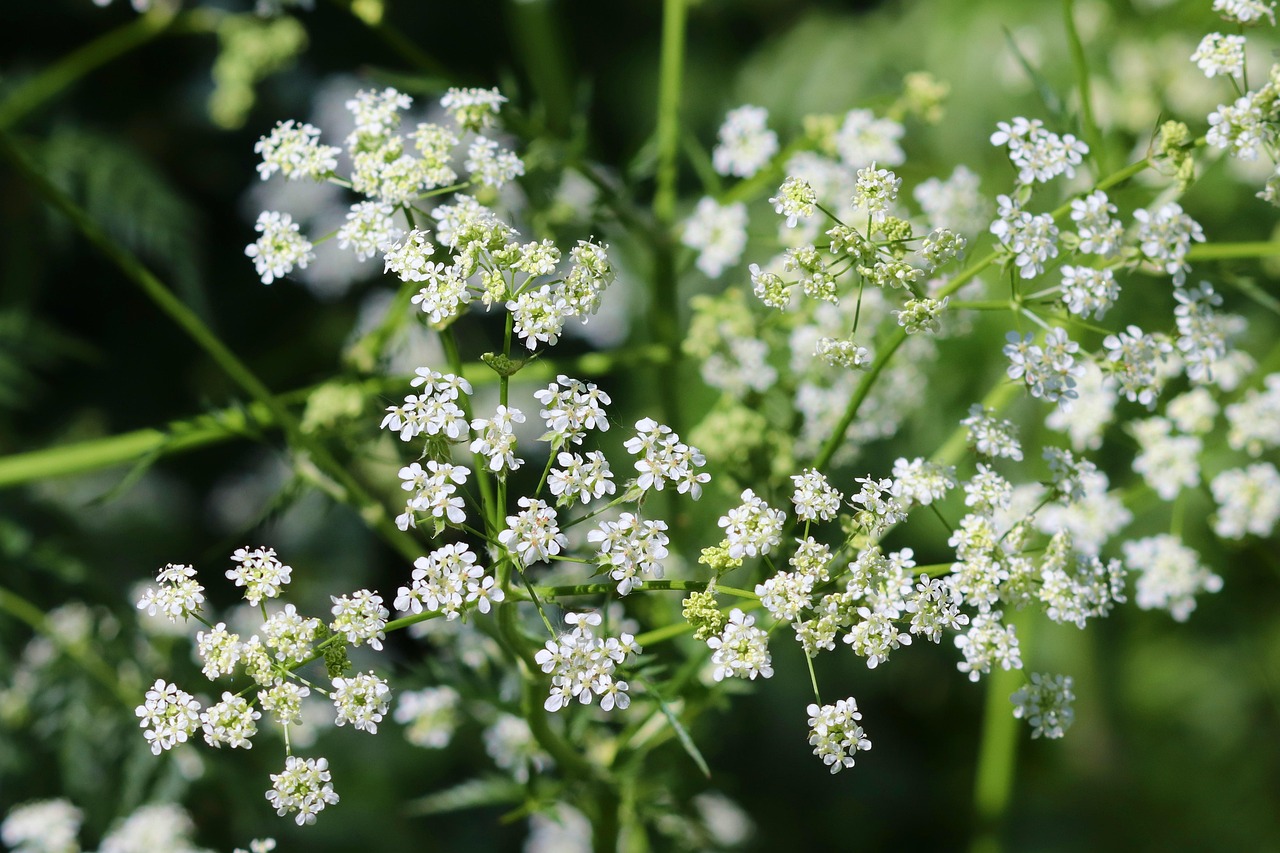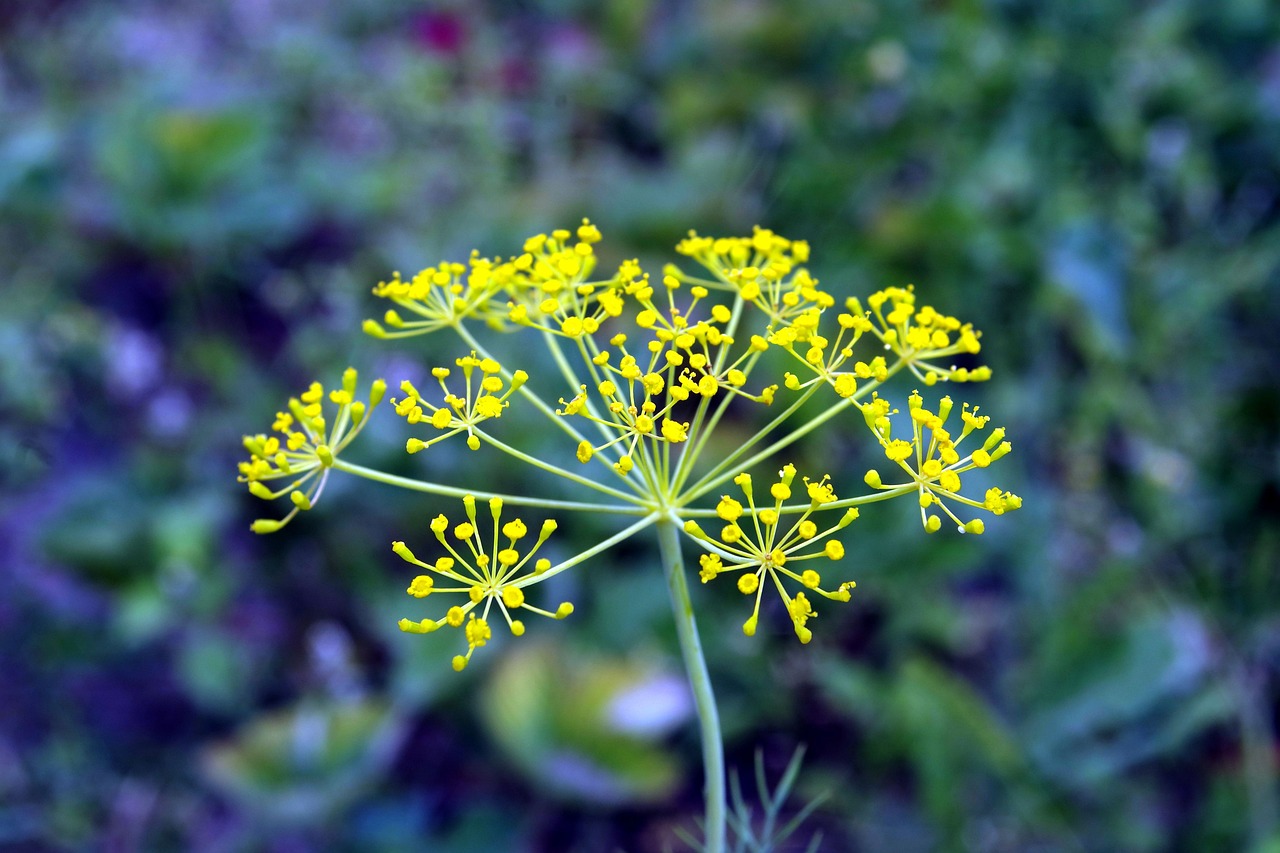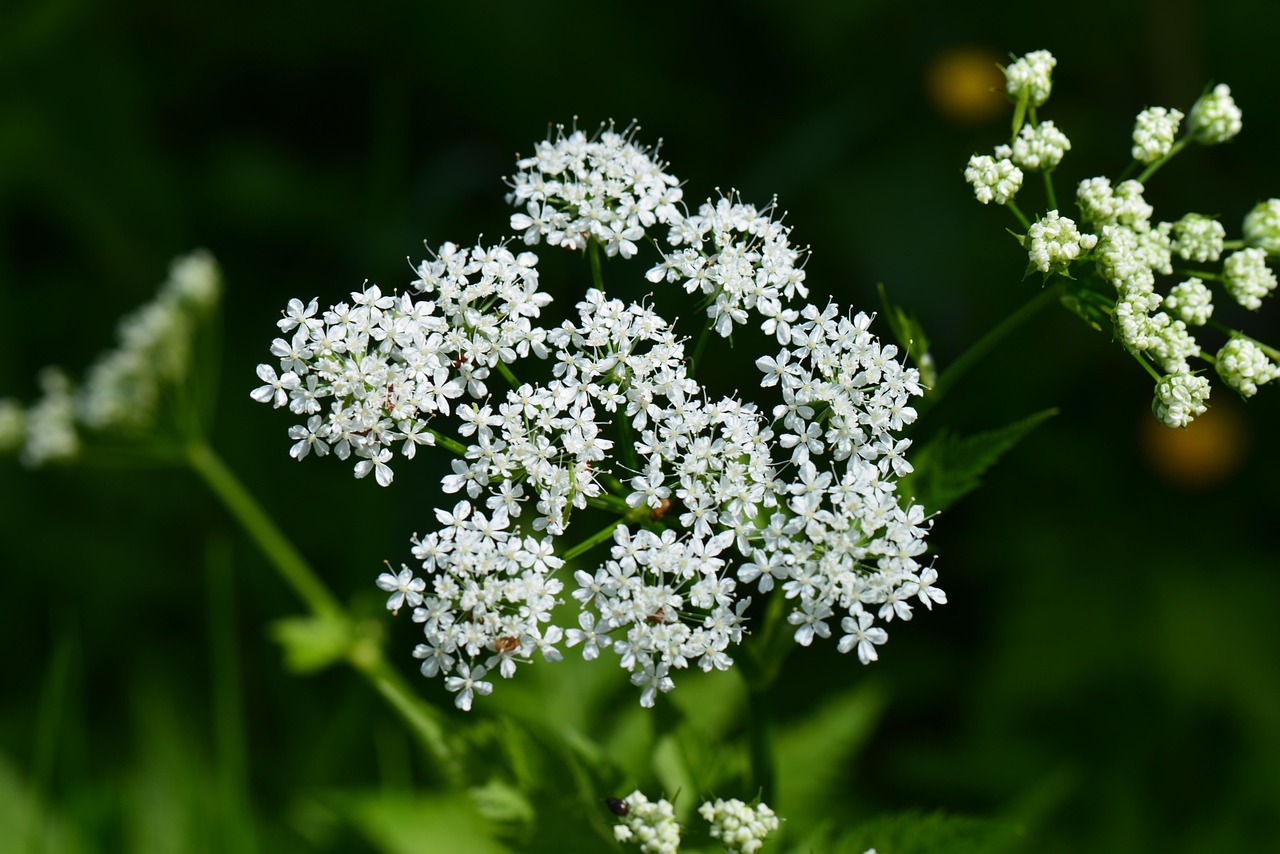Italian Parsley | An Ancient Herb Coloring the Mediterranean Table
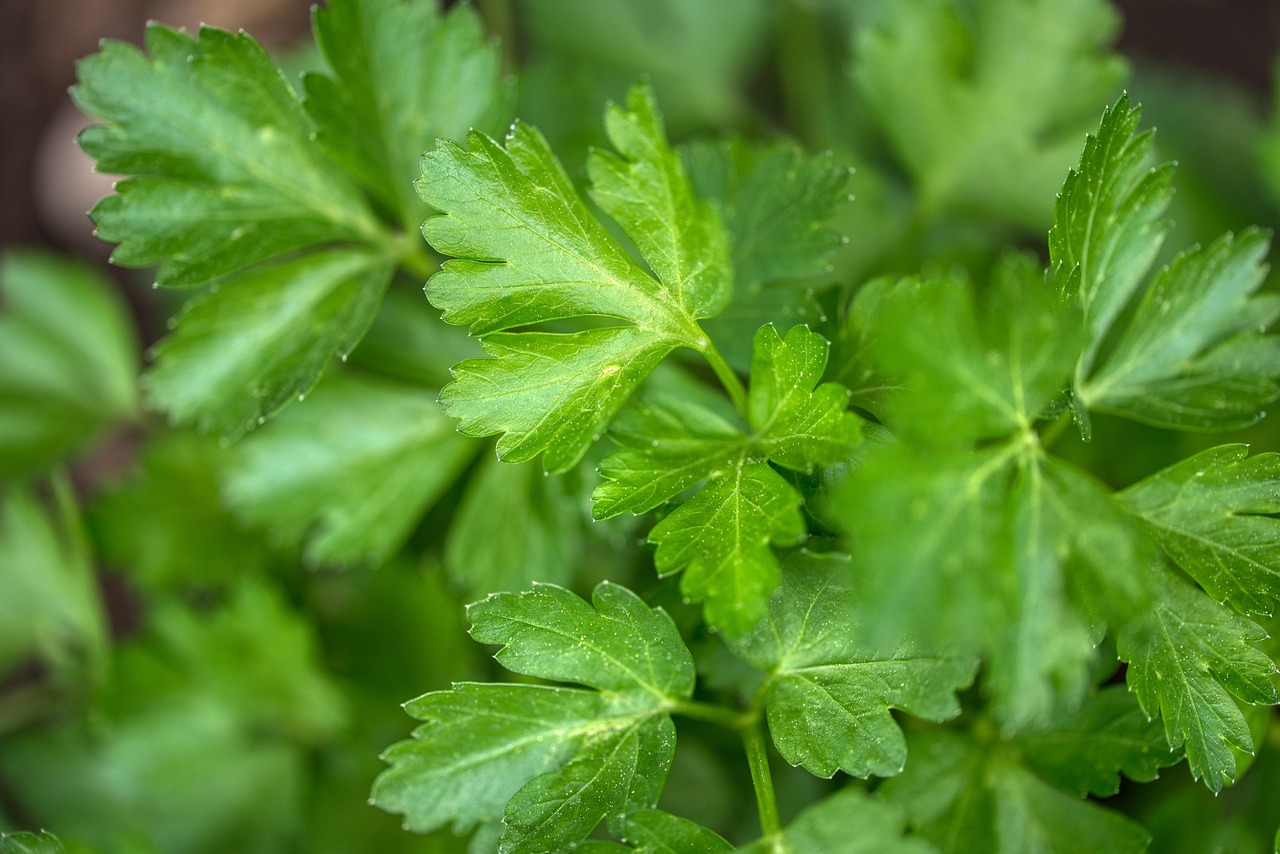
Italian parsley, belonging to the Apiaceae family, is characterized by its flat leaves and refreshing fragrance.
Compared to curly parsley, its leaves are larger and the flavor is somewhat stronger, which makes it highly valued for culinary purposes. At the same time, it has a long history as an ornamental plant in gardens.
Deeply rooted in the food cultures of the Mediterranean region and across Europe, Italian parsley has long been a familiar presence in daily life.
In this article, I will introduce its cultural and historical background, as well as practical tips for cultivation.
Basic Information
- Scientific name: Petroselinum crispum var. neapolitanum
- Family: Apiaceae
- Origin: Southern Europe (Mediterranean coastal regions)
- Appearance: The leaves are deeply lobed, flat, and bright green, with smooth, glossy textures. Petioles are relatively long and spread upward.
- Flowering season: From early to mid-summer, small white to pale green flowers bloom in umbels at the top of the stems.
Cultural Characteristics Worldwide
Italian parsley has played an important cultural role in Mediterranean countries since ancient times.
In Italy, it is more than just a garnish—it is also cherished as a “practical and decorative plant” that blends naturally into rural households. Many families grow it in pots near sunny kitchen windows, making it a daily companion in their meals.
In France, it is one of the key ingredients in bouquet garni and indispensable for chefs. In Provence, it has also contributed to fragrant gardens when planted together with other herbs.
In the Middle East, it decorates celebratory dishes, while in parts of North Africa, it enhances the presentation of traditional homemade meals. Its usage varies widely according to regional cultures.
Historical Episodes
The history of Italian parsley dates back to ancient times.
In 4th century BC Greece, parsley crowns were used to honor victorious athletes, giving it symbolic value beyond culinary use.
During the Roman era, it was widely cultivated in household gardens, serving both decorative and practical purposes. References appear in the works of Roman agronomists such as Columella and Pliny.
In the Middle Ages, it became a key plant in monastic herb gardens, valued not only for rituals and meals but also as part of a spiritual philosophy that emphasized self-discipline and communion with nature. Monastic manuscripts carefully documented its cultivation, ensuring the transmission of horticultural knowledge.
During the Renaissance, as gardening gained popularity among intellectuals, parsley was celebrated as a plant embodying “useful beauty,” and it was commonly planted in private estates and civic gardens.
Gardening Advice
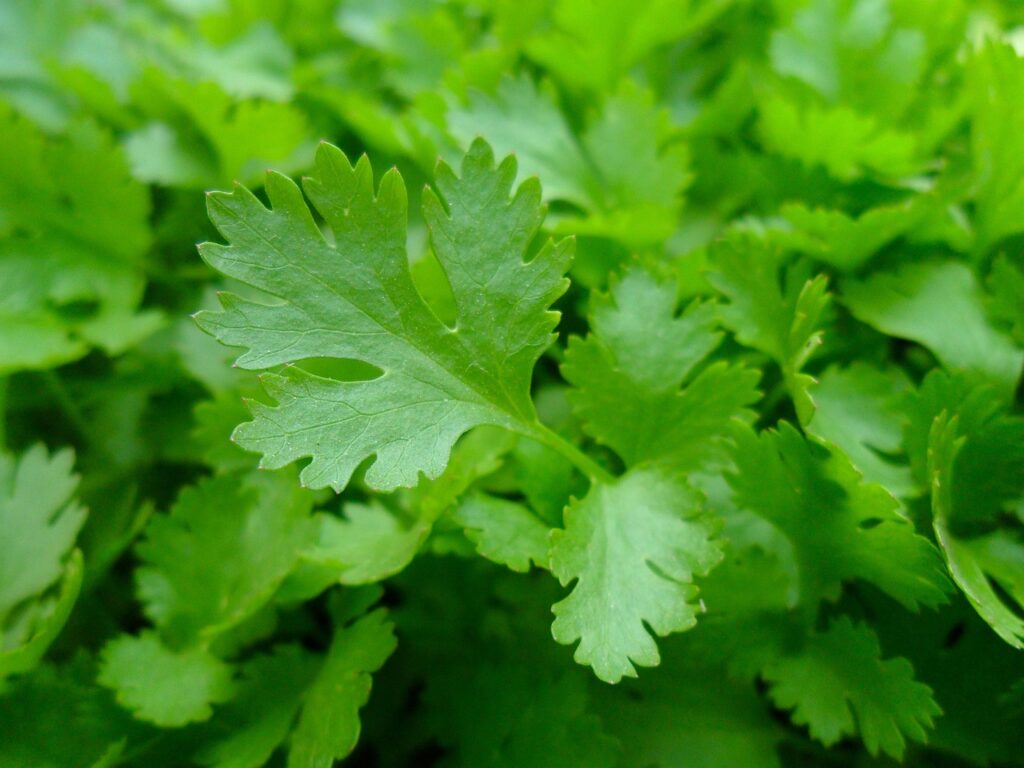
Italian parsley is grown as an annual or biennial herb. With proper care, it thrives and maintains quality over time.
Sunlight
It prefers full sun but benefits from some protection against intense summer rays. It can grow in partial shade, though insufficient light may weaken its aroma.
Watering
Water thoroughly when the soil surface dries. It is sensitive to drought, so potted plants require careful watering in summer. Ensure proper drainage to prevent root rot.
Soil
A neutral to slightly alkaline soil with good water retention and drainage is ideal. Mixing commercial herb soil with leaf mold or pumice improves aeration.
Fertilization
Apply slow-release fertilizer at planting and liquid fertilizer every two weeks during the growing season (spring to early summer). Excess fertilization can harden leaves, so moderation is important.
Thinning and Harvesting
Thin seedlings to avoid overcrowding, keeping about 10 cm between plants. Harvest from the outer leaves, leaving the central stem intact to prolong growth.
Overwintering
In mild climates, it may overwinter. In colder regions, it is usually treated as an annual—seeds are collected in autumn and resown in spring.
Conclusion
Italian parsley is not only a culinary herb but also a fragrant plant with a long ornamental tradition.
From ancient Greece to medieval monasteries and Renaissance gardens, it has been cherished in many cultures and eras.
Successful cultivation depends on proper sunlight, moisture, and soil conditions.

